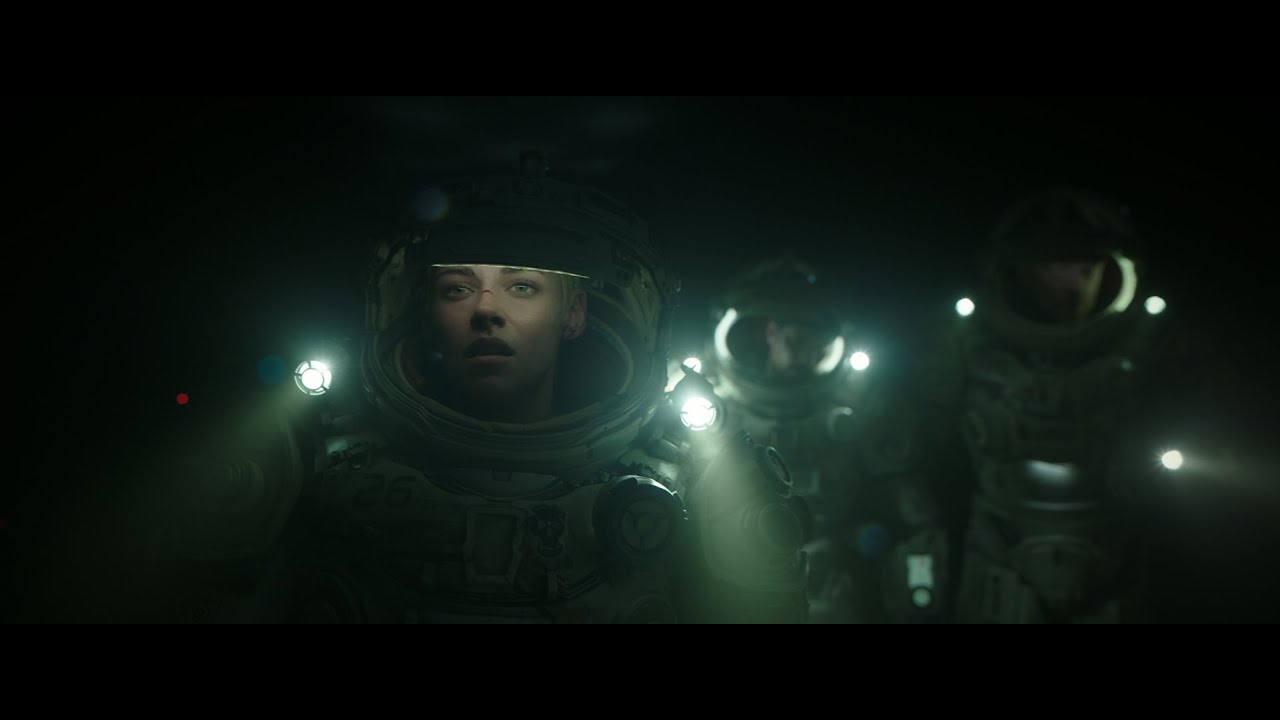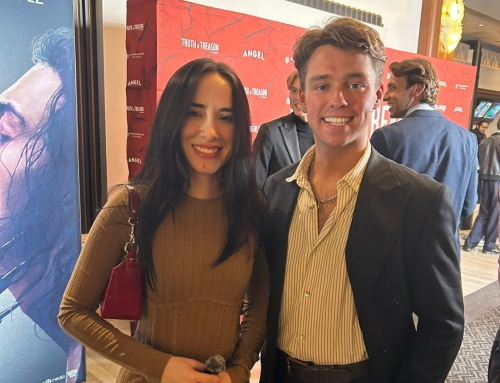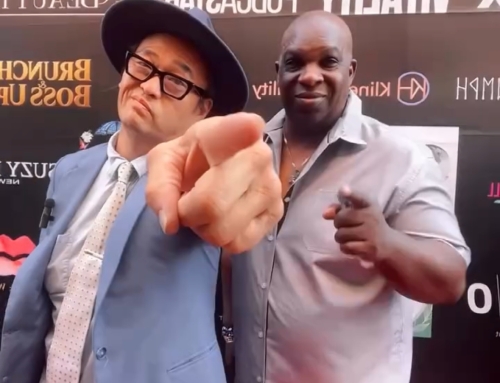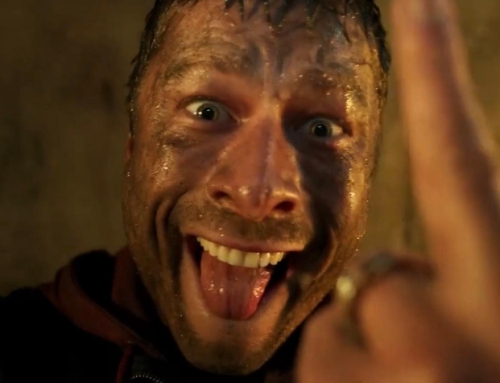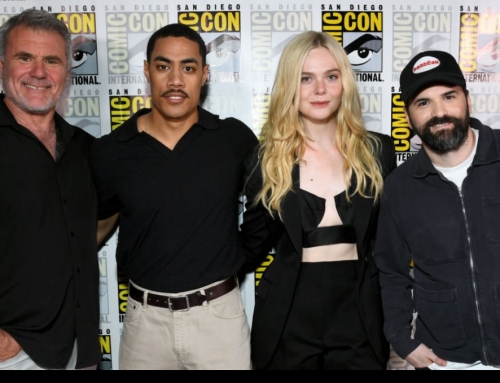Underwater
Seven miles below the ocean’s surface something has awakened.
The crew of the Kepler mining operaon understood there would be hardships on their mission: Thirty days confined to the narrow corridors and cramped cabins of an undersea rig built to withstand the incredible pressures of drilling at the boom of the ocean. But in the aermath of a devastang earthquake, all hell breaks loose. Alarms shriek and wail as torrents of water explode through the reinforced concrete structure with unimaginable force, tearing it apart in a maer of seconds. Through her quick thinking and resourcefulness, electrical engineer Norah Price manages to save herself and stave off imminent disaster, but at great cost.
Unable to send a distress call, and with their escape submarine destroyed, things look bleak for Norah and the other few survivors. She and the remaining crew—the captain, Lucien, marine biology student Emily, operaons expert Smith, systems manager Rodrigo and resident smart-ass Paul—are le with no good opons. Their only shot at survival lies in walking across the ocean floor toward a distant, abandoned rig, the Roebuck, and hoping that its communicaon equipment is sll in good working order, or that there are enough escape pods to take them all to safety.
But their perilous journey is made even more treacherous as they begin to suspect that they’re not alone beneath the waves. Something is following close behind them, ready to strike at any moment. Locked in a dangerous cat- and-mouse game with a mysterious predator, Norah and the others find themselves hunted and must summon every ounce of their courage if they hope to reach the surface alive.
A nonstop thrill ride only truly experienced on the big screen, “Underwater” stars Kristen Stewart, Vincent Cassel, Jessica Henwick, John Gallagher, Jr., Mamoudou Athie and T.J. Miller. The film is directed by William Eubank (“The Signal”) and was wrien by Brian Duffield (“Insurgent”) and Adam Cozad (“The Legend of Tarzan”) from a story by Duffield. Chernin Entertainment’s Peter Chernin, Jenno Topping and Tonia Davis produce. Kevin Halloran execuve produces.
A MYSTERIOUS THREAT. AN ISOLATED LOCATION. SURVIVAL IS NOT GUARANTEED.
In 1979, Ridley Sco’s landmark “Alien” brought the horror genre to outer space. In 1989, James Cameron plunged a submarine crew into danger below the depths in “The Abyss.” Tapping into what both of those films did best and introducing excing characters and creatures that feel enrely new, “Underwater” offers sci-fi and horror fans a compelling, visceral adventure set seven miles beneath the surface of the ocean and anchored by a fearless central performance from crically acclaimed actress Kristen Stewart.
Stewart is Norah Price, a gied electrical engineer who becomes the de facto leader of a band of survivors aer disaster strikes beneath the waves, forcing them to evacuate the mining rig where they’ve been living. Five
thousand miles from land, they struggle to find a way to make contact with the surface in the hopes of calling for a rescue, soon realizing that a harrowing march across the boom of the ocean might be their only path to safety. Slowly, and with growing horror, Norah and the group begin to understand that they’re also facing a very different kind of threat: a biological threat that’s existed for ages undetected in the murkiest depths. Suddenly, the possibilies of escape seem that much more remote.
The best genre films always are somehow rooted in the real world, and from the start, “Underwater” was conceived as a wildly ambious blend of science ficon, acon, horror and humor, yet one that could plausibly take place in the not-too-distant future. The film began its journey to the screen as a genre-bending pitch from screenwriter Brian Duffield, whose credits include the third installment in The Divergent Series, 2015’s “Insurgent.” Duffield’s inial script immediately captured the aenon of the experienced team at Chernin Entertainment. They saw at once the inherent potenal in the story of an undersea mining expedion gone wrong and what happens when the characters must go to extraordinary lengths to survive in the unforgiving environment.
“The simplicity of the concept inially drew me to the film,” says producer Jenno Topping. “The movie follows a group of individuals aempng to move from point A to point B on the boom of the ocean while outrunning a monster. This type of structure and its affiliated themes felt original within the thriller-horror space. It built upon the tradions of both of those genres while exploing a really cool mysterious environment: the boom of the ocean where 95% of it has yet to be explored.”
Adds producer Tonia Davis: “You could call this a survival movie because it’s survival against the elements—you just don’t know what those elements are. One of the things that we love the most about this undersea world is that there’s so much unknown, and it’s actually unknown not even that far off the shore.”
The producers recruited Adam Cozad (“The Legend of Tarzan”) to refine the screenplay and deepen the relaonships among the characters: Norah, Captain Lucien, marine biology student Emily, operaons expert Smith, systems manager Rodrigo and scene-stealing jokester Paul. Cozad turned to Alien for inspiraon, but equally important was Cameron’s acon-packed 1986 sequel, “Aliens,” both of which, of course, featured Sigourney Weaver in her iconic role as heroine Ellen Ripley.
“When it came to the character of Norah, she’s a bit of an homage to Ripley,” Cozad says. “It didn’t maer if Ripley was male or female, and that made her such a trailblazer. No one else had really done a character like that. That was the real inspiraon, to try to write Norah as a character where her sex really had nothing to do with what her arc was. That felt like a very authenc representaon of a character. It felt like the world we’re living in right now, it’s the right message to put out there.”
As the screenplay took shape, the producers searched for a director who would be able to sustain the white- knuckle tension the story required and who would feel comfortable with the visual effects necessary to tell a story set enrely under the ocean and introducing new aquac species. William Eubank proved to be the perfect choice. Aer a well-received indie debut, “Love,” the writer-director-cinematographer broke out with his second feature film, “The Signal,” a twisty sci-fi thriller that made waves when it premiered at the 2014 Sundance Film Fesval.
Once the former cinematographer pitched his vision for the movie, it was clear that there was no other filmmaker for the job. “Will Eubank felt excing to us as a filmmaker,” says producer Topping. “In inial meengs, he had a striking sense of curiosity. He was obsessed with discovering how lile we know of the mysteries surrounding the ocean’s depths. Visually, we were drawn to him because he is an incredibly confident and invenve filmmaker. Beyond his talents creavely, he is energec, smart and a reless worker, all qualies that ended up being crucial to the shoot.”
2
Adds Davis: “He was full of energy and enthusiasm and had visualized the whole thing. When he’s pitching ideas to you, it’s like they already exist in his brain. He said, ‘This is how we’re going to open the movie.’ And literally, even the camera that we used is what he talked about in that very first meeng. That gives you a sense of the precision with which he approached this process and this project. He really knows exactly what he wanted.”
For his part, Eubank was excited by the script’s themes of survival against the odds, the mysteries beneath the ocean surface and the inherent claustrophobia of the seng. “Our fears of the water and the unknown are so intense,” he says. “The second you’re in the water, you’re out of control. You can’t breathe. It’s totally dark. The deeper you go, the weirder it gets. There could be anything down there.”
Eubank and Cozad worked together closely to avoid the tropes of the “monster movie”; it was important to them both, as well as the producers, to keep the audience guessing and to ratchet up the tension as the story evolved. “There’s a lot of movies that have one monster, and you have to set them up in a very parcular way,” Cozad says. “This is very fluidly and very organically creang this escalaon that in a normal horror movie you can’t do. The stakes just keep going up.”
As the screenplay progressed, Cozad would send dras of various scenes to the director, who would build computer models to help determine how the sequences might look when they played out on the big screen. “He was building these CG representaons on his computer on the weekends that were so much cooler than what I had in my mind,” Cozad says. “His image of it that he would render was so much more epic.”
To test out some of Eubank’s wildly ambious ideas, the filmmakers did a one-day test shoot to create a 90-second piece that would serve as a proof of concept. In it, a member of an “Underwater” mining crew hears something over the radio that doesn’t sound right, walks across the ocean floor to check on a coworker in another area and finds her missing—only one of her gloves remains behind. As he turns, a monster leaps at him as if from nowhere. The studio liked what it saw, and “Underwater” was a go.


